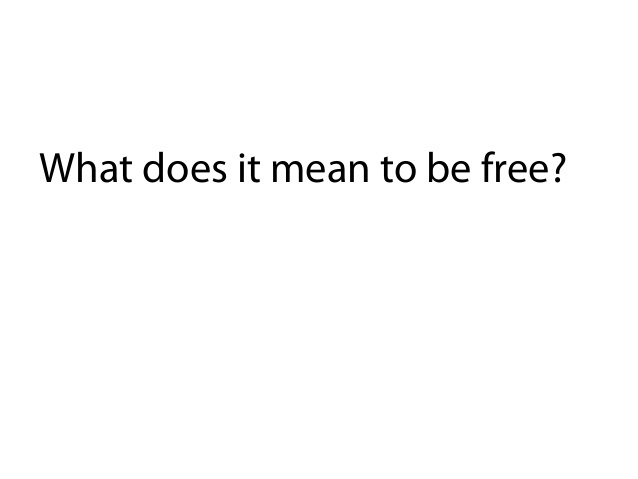There’s another buzzword alive in marketing hemp-based cannabidiol (CBD) rich products: tetrahydrocannabinol (THC)-free. Industrial hemp is defined by its scant THC content, with the legal threshold in the United States being anywhere below 0.3%. The threshold set by the European Union is slightly lower at 0.2%. Switzerland says hemp should be < 1% THC, Thailand says 0-3%, and wet, wild, and wonderful West Virginia in the US boldly states < 1% THC as well.
So, you’ve got a product that is technically legal to ship across state or country borders, depending on its THC potency. What number do you target? Perhaps to the chagrin of those seeking the entourage or ensemble effect, many companies are opting for what they’re calling “THC-free,” which, like caffeine-free, implies that there is 0% of the substance.
I don’t mean to frighten you, but depending on how the product was created, THC-free might not really mean there’s no THC, just like caffeine-free and decaffeinated beverages are not the same. Decaf coffee still contains some caffeine. A CBD product made with isolate might represent a true THC-free product. A broad-spectrum product that has lots of other phytomolecules like cannabinoids and terpenes requires THC removal, perhaps through a method like supercritical fluid chromatography.
What’s important to know, though, is that in cases where the THC has been removed, there still might be traces of it present. When a laboratory measures how much THC is in a given sample, they are limited in how low they can accurately quantify. Labs have limits of detection and quantitation for their methods, and these metrics can vary from lab-to-lab. Additionally, there are gradients in detection technology, such as the use of ultraviolet (UV) detector versus mass spectrometry. The sensitivity of the method changes depending on the sophistication of the detection technology.
What this all means is that one lab may not detect THC, while another might employ a different method that does. And while all labs can ensure compliance through measuring the required limits of THC content mentioned above, to say that a product is 100% THC-free could be misleading. One fate of this could be in workplace drug testing.
I’ve heard stories of prospective employees losing out on a job because they bought a CBD product and tested positive for THC when drug tested. While the product may have been illicit to begin with, the method used by the lab performing the urinalysis typically goes down to 50 nanograms per milliliter (ng/mL). Other thresholds might be 5 to 100 ng/mL, but regardless, these are very small concentrations.
Some places will measure THC metabolites in hair samples, and these tests can often get to even lower quantities, such as 1 picogram per milliliter. A picogram is 1/1000 of a nanogram.
Thus, it’s important to differentiate between truly THC-free products and those products where the lab who provided the certificate of analysis (CoA) just didn’t detect THC with their validated method on their instrumentation.
So, please be careful when selecting CBD products, and note that if you look at the CoA of a product, and next to delta-9 THC, it says n.d., that means not detected, and not necessarily free.
Image Credit: SlideShare












